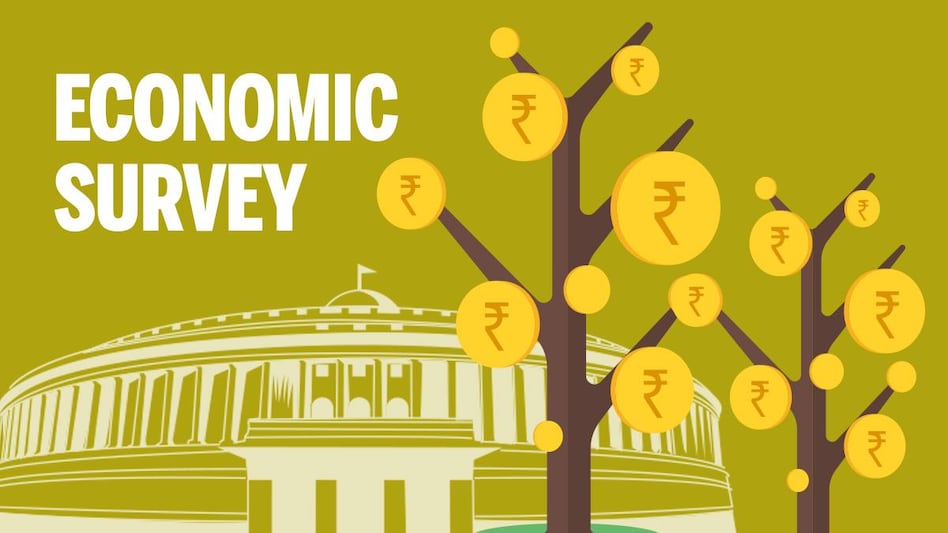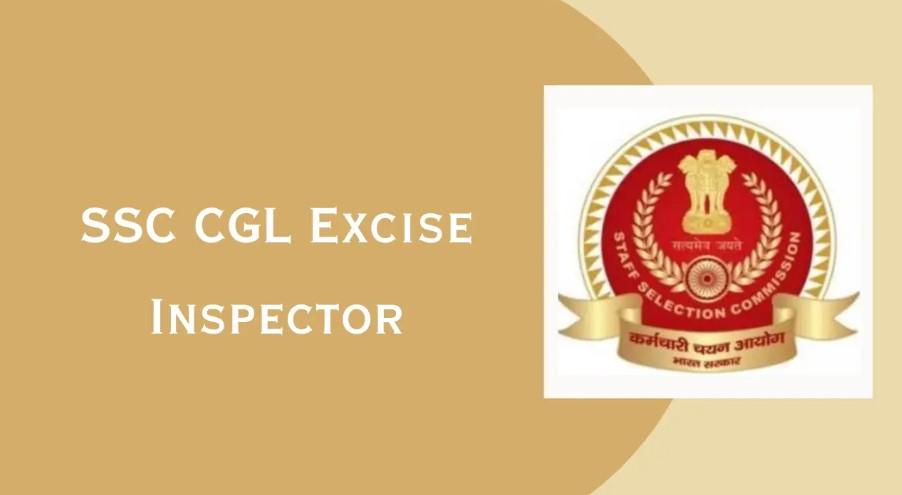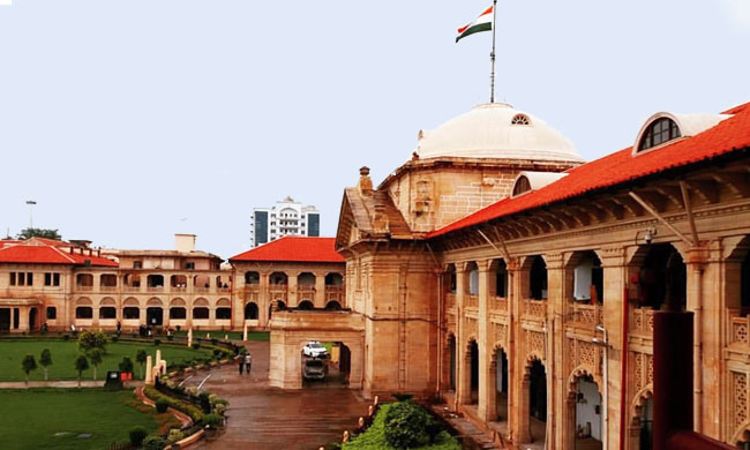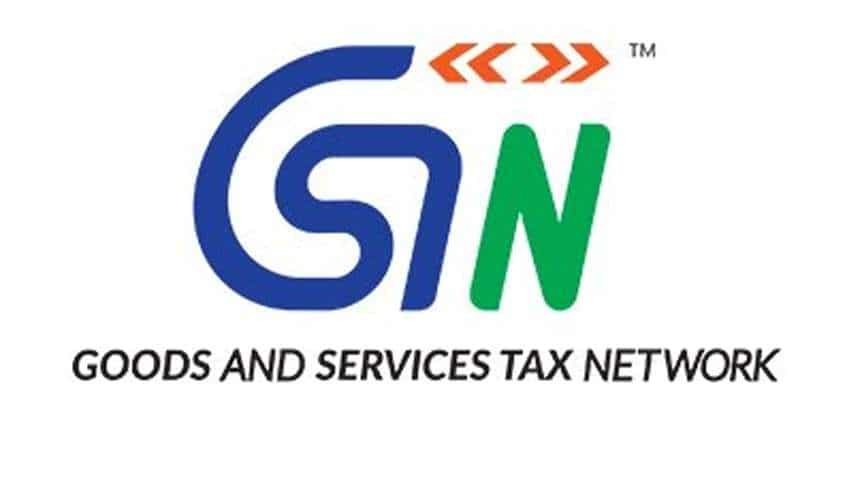
GST ON REAL ESTATE IN INDIA– A Broad Application Perspective
By CA Ankit Gulgulia (Jain)
B.COM(H), CA, CIFRS, CBV, LLB*
ankitgulgulia@gmail.com
With the strong intent of the government in bringing the nation’s most awaited tax reform to reality we can now believe that implementation of GST in very soon going to become reality.
With Recent speech of FM in Singapore indicating that GST being a transactional tax even if deferred from 1st April, 2016 can be implemented any first day of month is a strong statement by any means.
This article is going to broadly discuss the applicability of GST on Real Estate in coming times and what can be the benefits to the Industry, how will these benefits required to be seen in actual law making and potentially what will still remain a complex arena. We will close by discussing an illustrative tabular computation to arrive at some useful interpretations.
Introduction
The Indian real estate market is expected to touch US$ 180 billion by 2020. The housing sector alone contributes 5-6 per cent to the country’s Gross Domestic Product (GDP). The Indian real estate sector comprises four sub sectors – housing, retail, hospitality, and commercial. The growth of this sector is well complemented by the growth of the corporate environment and the demand for office space as well as urban and semi-urban accommodations.
Problems Currently Faced by Real Estate
It’s is a highly discussed matter that Hon’ble Supreme Court in case of L&T (following and accepting K.Raheja’s earlier verdict) held that all the building contracts entered into prior to completion certificates tantamount to works contract and thereby liable to sales tax. This judgment has taken the industry by storm majorly due to high log of retrospective collections coupled by grey areas of Valuations and Tripled by Always Enforcing Bureaucracy.
Besides this issues in service tax so as to the taxability of complex real estate structures, development rights, unincorporated association and Land owner / Developer taxability including the valuation can give tough time even to the best experts.
Tax Complications have always hounded this Industry resulting in uncertain and confidence deficient customers as well. You would remember that recentlyHon’ble SC in case ofCoastal Gujarat Power Ltd (CA – 6054 of 2015) vide Order Dated 11thAugust, 2015 held that stamp duty shall be applicable in consortium lending on all individual transactions even if backed by Single Instrument pursuant to section 5 of Gujarat Stamp Act, 1954. You may very well gauge the impact on real estate.
Solutions to Problem of Double Taxation & Lack of Cenvat Credit Flow Is GST’s Biggest Gift to Real Estate Industry
Any Person paying VAT on 70% shall pay ideally pay service tax on 30%, Isn’t that the basic understanding even held by Supreme Court in Imagic Creative Judgement. All these concepts go for a Toss in Real Estate just because of unsynchronized valuation modus operandi between the VAT and Service Tax Laws. With GST coming (and implemented properly), this problem can potentially vanish as the complete transaction would constitute a single transaction to be taxed at RNR rate as decided between SGST and CGST.
Another major problem is the flow of Cenvat Credit. A large chunk of Cenvat restrictions apply on real estate industry which in turn constitutes a significant cost to the Industry. Where the GST will be implemented in Free flow of Credit the same can bring down the cost to developer which in turn can be passed on to the customer as well in the form of price reduction.
Commercial Developers Would be helped by GST
Why Commercial developers specifically, you must be thinking. Say for Example a Developer X Ltd constructs a Mall and Rents all the offices in it. Under the present norms of Cenvat credit such developer cannot set off the Cenvat credit of construction works used in construction of mall against the service tax payable on such rental receipts. All the lost Cenvat credit which is in current regime a cost to commercial developer can be availed as GST (if applied in free flow) and thereby reducing Cost.
If the restrictions of Cenvat Credit prevail even in the GST, the same shall be a major dampener to the industry as already high RNR rates (say 20 – 25%) can nearly off set all the other benefits of GST to Real Estate.
Uniformity of Tax Practices in Real Estate
Another Major Issue that GST can address is to bring in the Uniformity of Tax Practices. With the advent of concepts like bundling in service tax coupled with abatements and several sought of charges collected by developers these days, it is significantly crucial for the industry to have all same tax base and this can be only answered by GST !
Few Bottlenecks
- First we already discussed above, the High RNR Rate can be dampener for the industry. Currently a tax collection Rate from Buyer of 9- 12% will jump to RNR Rate of 22%-25% (on account of VAT & Service Tax Only not the stamp duty). So tax collection from Buyer will be increased whether some reduction in price can be configured will depend on supply chain GST Mechanics and market competition.
Second, the Deductibility of Land would still have to be done even in GST Scenario since GST would not tax the land Component. How the Land will be valued will be a Very Important Key Factor for the Industry.
- If GST is implemented with Restricted Credit flow, it shall hurt the industry to that extent that GST Model may turn out more expensive that current tax regime.
- Whether Agreement to Sell still remains Key Tax Fundamental or Fresh Deeming Fiction to govern taxability is used remains a question to learn
Illustrative Example
Say An Agreement of Rs 100/- with single Installment is received from Buyer X by Developer A Ltd. The Breakup is as under:-
| Price Charged by Developer | Cost to Developer |
| Land – 40 | Land – 20 |
| Material – 35 | Material – 25 |
| Service – 25 | Service – 15 |
| VAT Rate – 12% | |
| Service Tax Rate – 14% | |
| RNR Rate – 22% | |
Let’s See Broadly how is it working Right Now
| VAT Collected from Buyer | 35 x 12% | 4.2 | 0 |
| Service Tax Collected from Buyer | 100 X 30% X 14% | 4.2 | 0 |
| GST Collected | 60 (assuming Land Deductibility in GST of Rs 40) x 22% | 13.2 | |
| Total Tax Collection | 8.4 | 13.2 | |
| Increase in Tax Collection | 57% | ||
| Less:- Input Tax Credit | 25 x 12% | 3.0 | |
| Less:- Service Tax Cenvat | 15 X 14% | 2.1 | |
| Less:- GST Credit | 40 x 22% | 8.8 | |
| Cost to Developer | 3.3 | 4.4 | |
| Increase in Cost to Developer | 33.3 % |
Note the above is a very simplified calculations of Tax Involved to outline the basic interpretation of tax movement change from current to GST Scheme.
Before Parting…
In essence despite the above increase you are witnessing in the tax cost, in my view GST would be better step for Real Estate Industry because Pain of Cost the Tax is much lesser than cost of tax Uncertainties in the Industry. Real Estate Industry has all the rights to have its very certain and transparent indirect tax regime with smooth compliability.
—
About the Author:
CA Ankit Gulgulia (Jain)
Author is Practicing Chartered Accountant in New Delhi/NCR and specializing in Indirect Taxes, Corporate Laws and Transfer Pricing. He can be reached atankitgulgulia@gmail.com or +91-9811653975
DISCLAIMER: This article is provided purely for your information only and you should check other information sources before taking any action based on any of the content in this article. Neither the authors nor website hosting the article make any warranty as to the quality or currency of the information contained in any of the site’s articles.
Related Tags CA Ankit Gulgulia, GST, RealEstate













